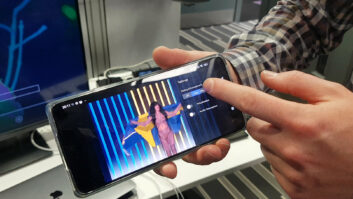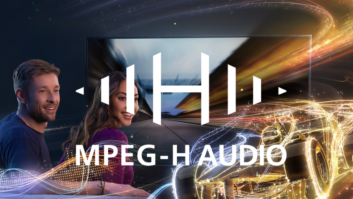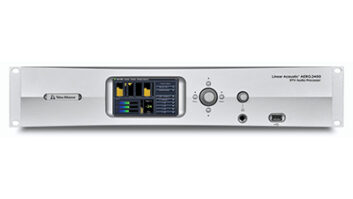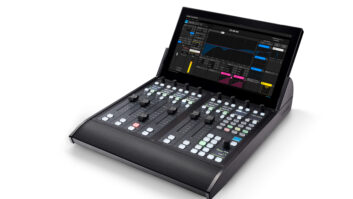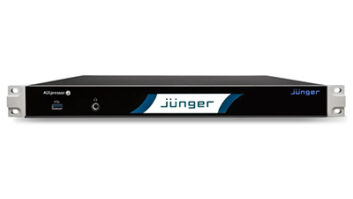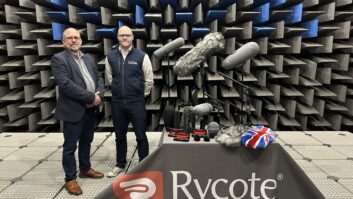Scott Stiefel was named CEO of Telos Alliance in January, taking over the day-to-day running of the company.
He has spent the past year as co-CEO with Tom Swidarski before taking the reins on his own.
Swidarski remains on the company board and will serve as an advisor. Frank Foti remains chairman of the board and head of Omnia development.
Stiefel spoke to TVBEurope about his new role, and the future of broadcast audio.
What’s changed with your appointment as sole CEO?
On my return to Telos in 2014, I was named COO so that Frank could focus more on the big picture. I’ve essentially run the company on a day-to-day basis from that point; and now I’ll be setting direction and be more of a public face, getting out on the road meeting with partners and clients.
What’s the state of your business and how has it evolved?
From a product development standpoint we’re incredibly healthy. We have an enormous pipeline. Derek Pilkington, our EVP of research and development, walks around with a mug that says “More ideas than time.”
In television we now have intercom, loudness control, audio processing, Next Generation Audio and enterprise software for file-based audio workflows. In radio, most people will be familiar with the areas we play in, from mixing and infrastructure to audio processing, telephony, codecs and streaming. We’re well positioned because of that diversification.
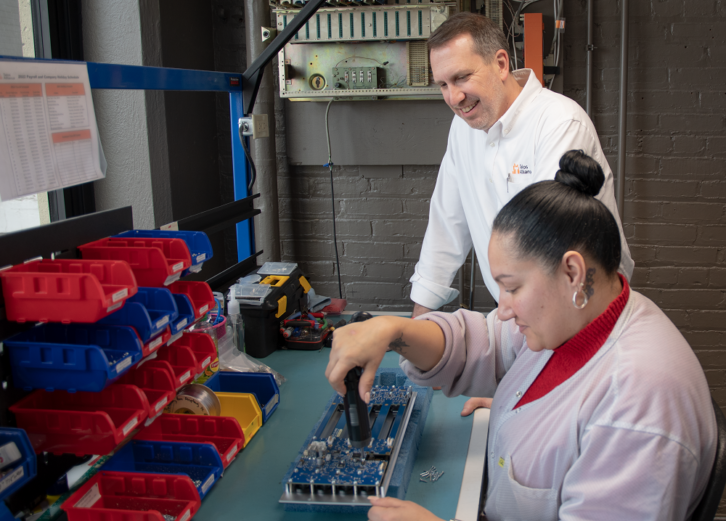
On the financial side, we’ve never been in a better position —from the discipline in which we run the company, our weekly strategy sessions and monthly business reviews, to the balance sheet, which is healthier than it’s ever been in the history of the company.
When I came back in 2014, my goal was to break down barriers between the brands. The company had started with Telos Systems and Steve Church; then Cutting Edge, later Omnia, when Frank joined; then we had the Axia product line, and we added Linear Acoustic, Minnetonka, 25-Seven Systems.
Each of these product lines was extremely well regarded but there wasn’t a lot of sharing of information or resources internally. So one of the first things I did was to reorganise to make it much more centralised.
We want to be the partner for every broadcaster as they create their ecosystems and infrastructures, to allow them to use best-in-class products — virtual or hardware — and have them work seamlessly at the lowest cost, while producing the highest results for content creation.
What trends are you seeing in television?
The technology is definitely changing We’re seeing complete virtual cloud-based production systems launching into the market. You’ve got the AMPP Platform from Grass Valley, Viz Now from Vizrt, and there are a host of others moving in that direction.
It’s more complicated because the bandwidth requirements are much, much higher, the compute requirements are much higher for video than for audio, but it’ll be that same challenge. A number of broadcasters are making the transition globally.
I think the next big audio challenge on the television side is going to be the impact of ATSC 3.0 in the United States, and globally with Next Gen Audio and all of the possibilities it offers.
We’ve got partnerships with companies like Dolby and Fraunhofer. The question mark is how quickly are broadcasters going to adopt? And is immersive audio or some other feature going to be the key selling point? Is there something else within these new standards that’s going to unlock value?
We need to make sure we’re riding alongside our customers to provide cutting-edge gear for that.
What should we expect from Telos in future?
You’ll see the continued evolution of our virtual and container products. Decades ago we made the decision to move our hardware products from a pure DSP chip type platform to an i86 platform. Since then, most products have made that transition, which has prepared us to migrate that code to a server platform and beyond into a virtual machine and then the cloud. The pace of that transition is increasing every year.
You’ll also see expansion of command and control with products like Pathfinder, the dashboard software for Infinity —increased capability and more interfaces to third-party products.
That doesn’t mean we’re abandoning hardware. We’ve got a slew of products coming. But they’ll be constructed so they can evolve in parallel to the container. For people who are still comfortable with hardware but who may want to migrate a particular application to the cloud, they’ll see the same user interfaces, the same workflow.
We have more talent in house than we’ve ever had, people seasoned in the industry who understand workflows and customers, with a really strong bench behind them. I’ve seen Telos evolve from a pure telephony company. Certain technologies — like the DSP in the telephony products and the idea of marrying MP3 with ISDN — really transformed certain areas of radio. Now virtualisation, containerisation, disaster recovery and those changing cost structures are going to have a much bigger impact on the broadcast industry.
I love that Telos has always been seemed to be right at the centre of each inflection point. And, you know, our mojo is still very much in force.
